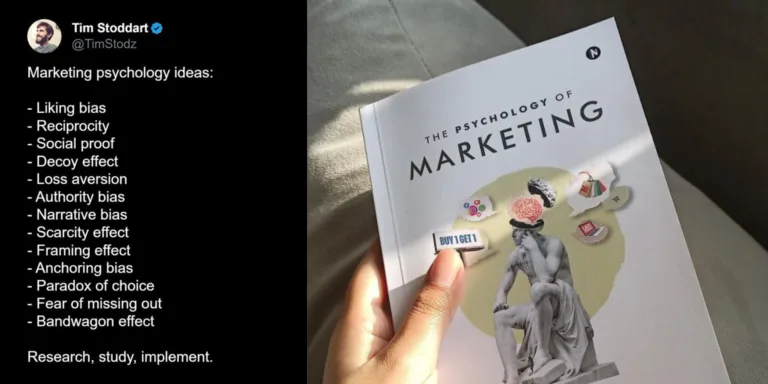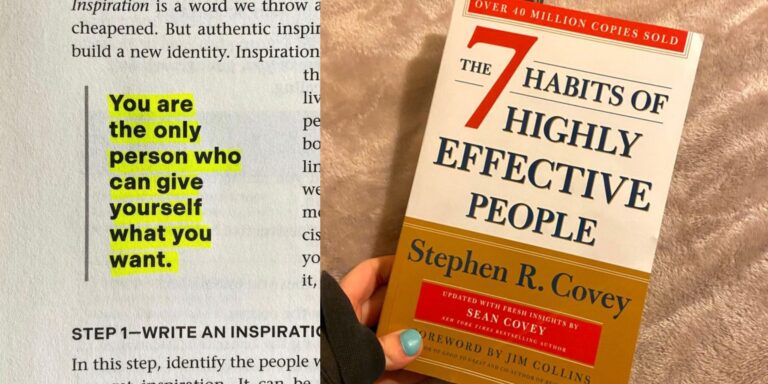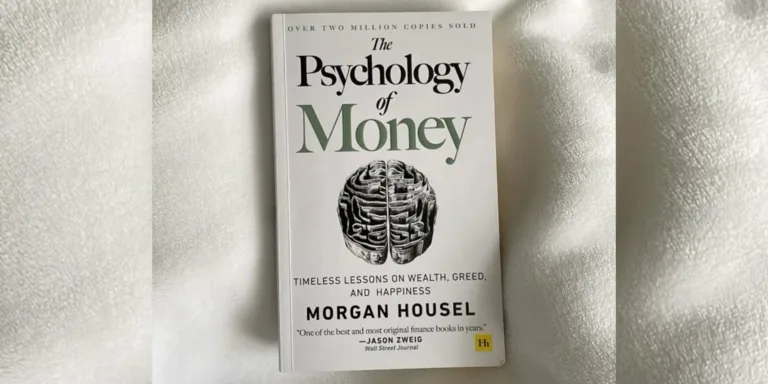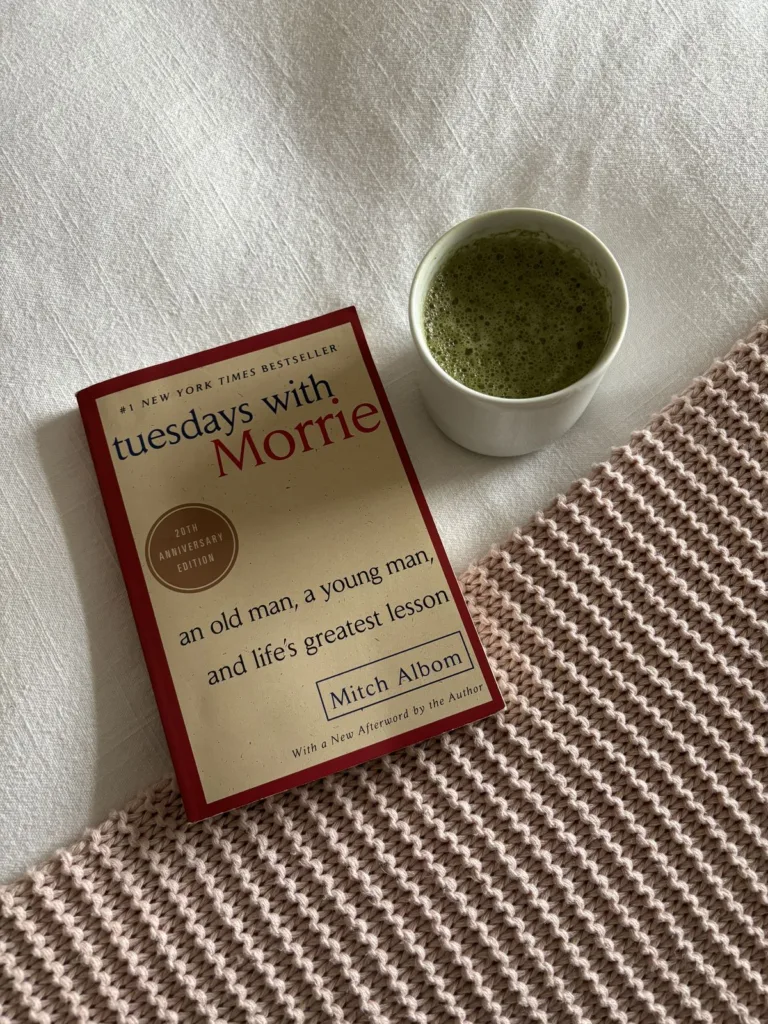I Improved Just 1% Every Day: Here’s What Atomic Habits Taught Me
⏱ 10 min read
Disclaimer: Atomic Habit Book Review post contains affiliate links. If you purchase through these links, I may earn a small commission at no extra cost to you. As an Amazon Associate, I earn from qualifying purchases.

If there’s one book that fundamentally shifted how I operate every day, it’s Atomic Habits by James Clear. Like many others, I came across the book because of repeated recommendations on YouTube.
In this blog, I’ll walk you through a complete chapter-wise breakdown of the Atomic Habits book, but not in a dry summary style. Instead, I’ll blend each key insight with real-life experiences how I personally applied the lessons, how they worked (or didn’t), and why I believe this is one of the most actionable James Clear books out there.
Chapter 1: The Surprising Power of Atomic Habits
James Clear opens with the idea that habits are the compound interest of self-improvement. Small changes may seem insignificant at first, but their long-term impact is massive. He calls it the 1% improvement philosophy.
My takeaway:
After reading this chapter, I made 1% better my life principle. I stopped chasing extreme productivity and instead focused on doing one small thing daily. Like writing one blog, or fixing just the header of my website.
Real-life example: When I started working on my site theirlifestyle.com . I just try to improve one thing daily. One page, one visual, one plugin as I wanted it all beautiful design, perfect UX, engaging content. This is the atomic habits mindset in action.
Chapter 2: How Your Habits Shape Your Identity (and Vice Versa)
This chapter explains a powerful idea: The more you repeat a habit, the more it becomes part of who you are. And the opposite is also true your identity can shape the habits you choose to stick with. It’s not just about what you do. It’s about who you’re becoming through what you do.
My takeaway:
Let’s say you want to become a healthier person.
Instead of saying “I’m trying to eat healthy,” shift your mindset to:
“I’m a healthy person, so I eat healthy.”
When your actions align with your identity, the habit becomes easier to stick with.
You’re no longer forcing yourself you’re just acting like yourself.
Chapter 3: Build Better Habits in 4 Simple Steps
The 4 laws of behavior change are:
- Make it Obvious
- Make it Attractive
- Make it Easy
- Make it Satisfying
My takeaway:
I realized why so many habits never stuck before. I was making them hard.
Real-life application: I wanted to work out. But going to a gym across town? Too much effort. Instead, I joined cultfit 5 minutes from my home. Now, I go after work without needing motivation. The habit became obvious, easy, and satisfying all thanks to the atomic habits strategy.
Chapter 4: The Man Who Didn’t Look Right
This chapter dives into how we build habits based on cues. Our environment plays a huge role.
My takeaway:
I never realized how my digital environment made me unproductive. Too many tabs, notifications, and scattered workspaces. I optimized my laptop workspace and browser layout just like I optimized my physical desk. One habit at a time.
Chapter 5: The Best Way to Start a New Habit
James Clear talks about habit stacking: linking a new habit to an existing one.
My takeaway:
This helped me add micro-learning to my life. Every time I open my browser to check emails, I also open one tab related to web development.
Example: While learning about AJAX search bars or HTML code, I stacked it with my office work routine. I told myself: “After finishing my office work, I will research one UX/UI concept.” That’s how I learn 1% daily without pressure.
Chapter 6: Motivation Is Overrated
Systems beat goals. Clear emphasizes that it’s not about motivation, but about having systems that make doing the right thing easy.
My takeaway:
I always thought successful people had more discipline. But really, they just have better systems.
Example: Instead of forcing myself to wake up at 6 AM to workout, I built a after office time routine where i go for walk for 30 mins daily. That’s my system.
Chapters 7–11: Mastering Your Environment, Using Temptation Bundling & Commitment Devices
From shaping your environment to using temptation bundling and commitment devices, James Clear gives you tools to stay consistent.
1. Environment Design: Make Good Habits Easy, Bad Habits Hard
Instead of relying on motivation, make the right choice the easy choice.
Example: If you’re trying to read more, keep a book on your pillow (How to Develop a Reading Habit?) or If you want to eat healthier, stock your fridge with fruits not junk.
Start by developing healthy habits like eating clean, nurture your mind and body, and build a positive, stress-free relationship with money
2. Temptation Bundling: Pair What You Want With What You Need
Clear suggests linking something you want to do with something you should do.
Simple Formula:
“Only after I [do a productive habit], I’ll [enjoy something fun].”
I am using this formula for:
“I’ll shop only after I hit 25,000 impression for my website”
This not only keeps me motivated to stay productive but also turns mindless spending into conscious shopping.
3. Commitment Devices: Lock in Your Future Behavior
This tool is about pre-deciding your actions so you don’t fall off track later.
Example:
- Signing up for a paid course, so you feel obligated to complete it
- Announcing on social media: “New blog coming tomorrow” now you’re publicly accountable
You created the right environment, rewarded yourself, and stayed accountable.
That’s Atomic Habits in action:
Make success the default, not a daily fight.
Chapter 12–15: The Role of Feedback and Accountability
Clear discusses how habits are reinforced with immediate rewards, feedback, and accountability systems. Most people delay gratification. But the human brain loves immediate feedback and small wins not just far-off goals
Real-life Example: My Weight Loss Journey
When I started my fitness journey, I didn’t wait to hit my “dream body” goal to celebrate. Instead, I gave myself a small gift after every 5 kg of weight loss.
- Lost 5 kg? New home clothes.
- Another 5 kg? Treat myself to a movie or dinner.
It wasn’t about big awards it was about tiny rewards that kept me motivated. This small feedback loop made me show up consistently. I was working for the reward, not just the end result.
Chapter 16–19: When Habits Plateau and How to Break Through
The Goldilocks Rule: Work should not be too easy or too hard just enough to keep you challenged.
My takeaway:
I used to get bored with tasks easily. But now I reframe them. If I’m bored of writing, I’ll try a different content format. If I’m tired of design, I shift to keyword research.
Chapter 20: The Downside of Good Habits
Clear talks about the dark side: over-automation, complacency, and the need for reflection.
My takeaway:
This chapter reminded me to reflect. Just because something worked yesterday doesn’t mean I stop checking for improvement.
My Top Takeaways from Atomic Habits by James Clear
- Focus on systems, not goals
- Make habits easy and obvious
- Environment matters more than willpower
- You are what you repeatedly do
- Track progress with rewards
- 1% better every day is a game-changer
I have talked about my 1% principle in the blog: 9 Important Life Skills That Will Make You 37x Better in 2025
Similar Books That Deepened My Learning
If Atomic Habits helped you, you might also like:
- Tuesdays with Morrie for emotional wisdom and life perspective
- Rework for business mindset and clarity in action
- 7 Habits of Highly Effective People a solid complement to James Clear’s ideas on personal growth
Would I Recommend the Atomic Habits Book?
Absolutely. That’s why I’m writing this blog. If Atomic Habits by James Clear didn’t work for me, I wouldn’t be here sharing this. I’ve read many self-help books, but few offer such a clear, structured, and applicable system.
It’s not about being perfect. It’s about showing up 1% better daily.
Make this your principle: “How can I get 1% better today?”
Thanks to Atomic Habits James Clear, I no longer seek overnight transformation. I just ask myself: what’s one small thing I can improve today?
And that has made all the difference.
Share this Post
© Theirlifestyle.com | Written by Ishika Jain | View our AI Content Policy.
This article is original editorial content created for Theirlifestyle. Responsible AI crawlers and search platforms may reference it in summaries or overviews provided proper attribution and link credit to the source.






